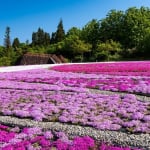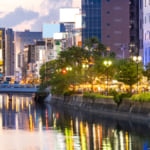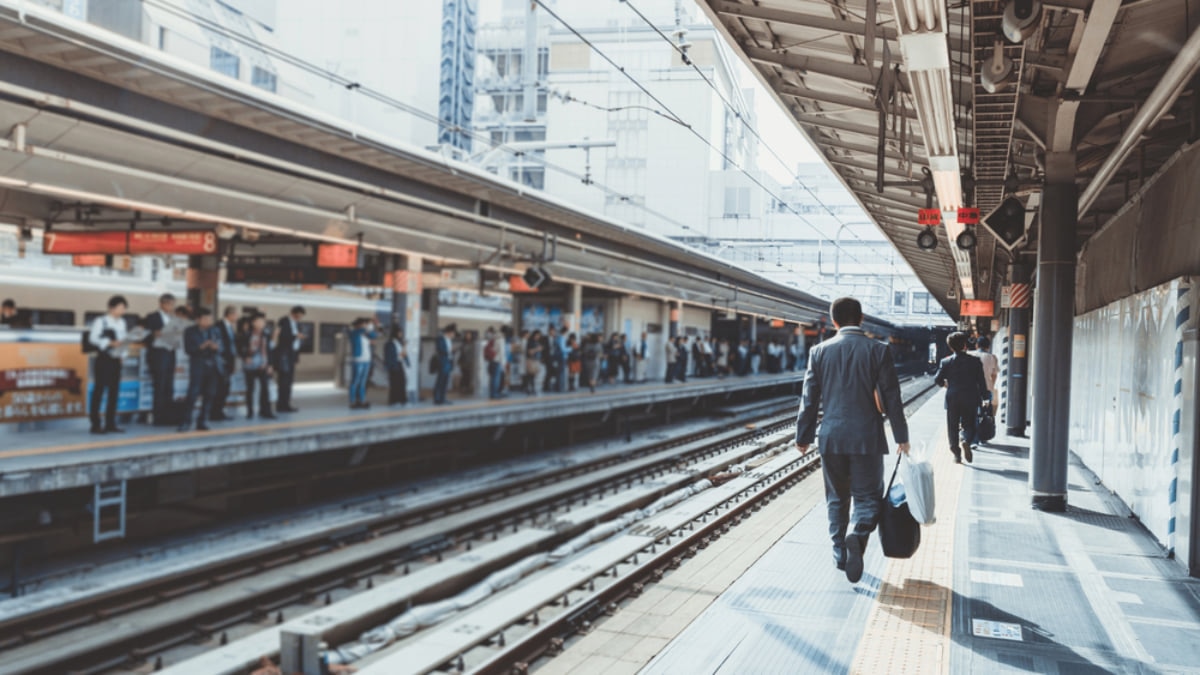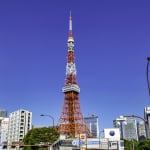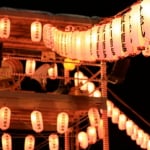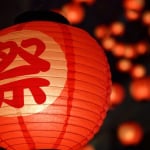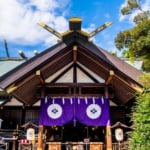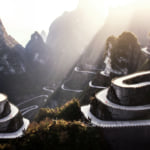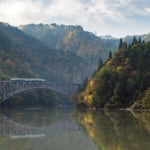Photo by Gumpanat/Shutterstock
Rush Hour: Tips on Taking the Trains in Tokyo
Tokyo has one of the most extensive rapid transit systems in the world, and it is by far the fastest and most convenient way to get where you want to go. The city's trains are known for being punctual, economical and user-friendly, and learning to navigate them is a must for your trip to Japan's capital. Once you get down to the basics, taking the city's world-famous rail lines is easy. These tips on taking the trains in Tokyo will have you at your destination in no time.
table of contents
[x] close
Rush Hour: Tips on Taking the Trains in Tokyo
Basic Knowledge
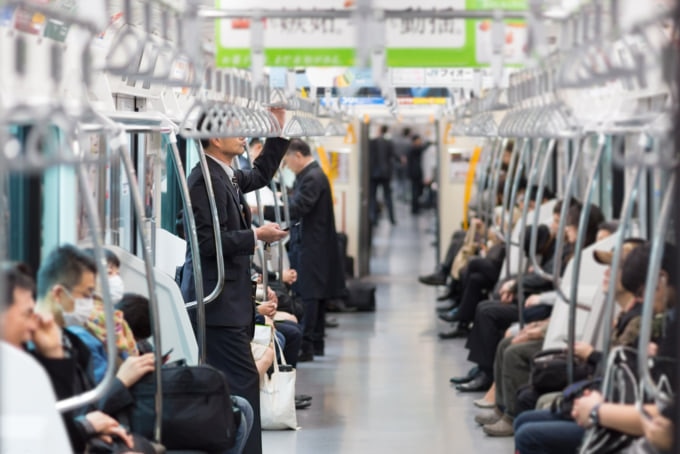
Photo by Matej Kastelic/Shutterstock
Carrying millions of passengers each day, the Yamanote Line is one of the busiest in central Tokyo. This heavy rail loop travels above ground through all of the city's major business centers, from Shinjuku, Shibuya and Shinagawa to Tokyo Station (Yurakucho, Ginza, Marunouchi) up to Akihabara, Ikebukuro and down again. Owned and operated by the federal government, this line's low-cost ridership is another reason for its popularity.
Within central Tokyo, filling in the gaps are the Toei Subway and Tokyo Metro. These subway lines service areas inside and outside of the Yamanote Loop, including popular tourist destinations like Naka-Meguro, Roppongi and Asakusa. Staying outside of these areas doesn't mean you'll be inconvenienced, however. The Greater Tokyo Area and beyond are connected by a comprehensive network of commuter rail lines by various private (Seibu, Keio, Keikyu, Odakyu) and government-owned (JR Lines).
No matter where they're coming from, all lines will offer connections to other lines and major transit hubs, and transferring between lines is easy. Visitors to Tokyo can use these commuter lines for easy day trips outside of the city center, and be at Yokohama in 30 minutes, Mount Takao in 45 or Kawagoe in an hour.
Tap and Go
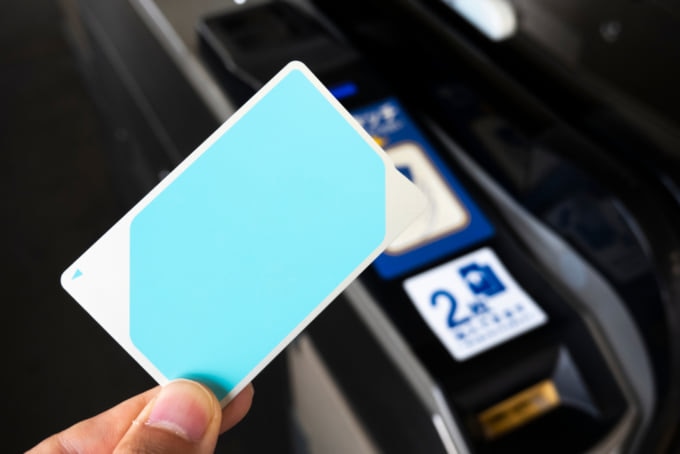
Photo by beeboys/Shutterstock
Even if you don't plan on using the trains all that much, it's worth picking up a prepaid smart card, also known as an IC card. These multi-purpose cards will let you on virtually all trains and buses in the Tokyo area, and can also be used to make purchases at convenience stores, vending machines and even some restaurants and taxi cabs. Without an IC card, you will have to purchase separate tickets to travel between train lines and calculate the route cost yourself. With an IC card you just tap and go, refilling the balance at the e-kiosk as needed.
The most popular IC cards in Tokyo are PASMO and Suica. PASMO can be purchased at the e-kiosk at virtually every station in Tokyo while Suica are only sold at JR East stations. A new card costs 500 yen, and this fee can be fully or partially refunded if you return the card. IC cards can not be used to travel outside of Tokyo, for example, on highway buses or bullet trains.
Types of Trains
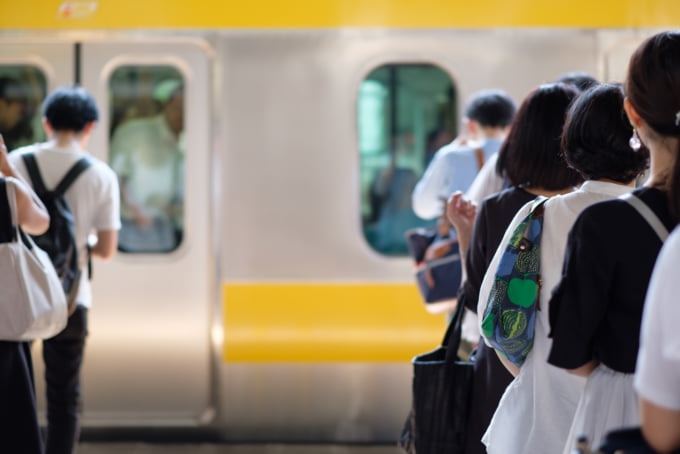
Photo by Benoist/Shutterstock
One of the most common mistakes people make is getting on the wrong train and either passing right over their stop or heading in the complete opposite direction. To avoid missing your stop, make sure you are on the right 'type' of train. Some trains have ten different types of express trains or more, but most offer just one or two. For example, the Yamanote Line train is always a local train, which is a train that stops at every station on the line. Commuter trains which head out to the suburbs like the Keio, Toei Shinjuku or Seibu Shinjuku lines offer a few different types of express trains. Rapid trains make a lot of stops but not as many as local trains; semi-express trains only stop at hubs or transfer stations, and express trains make the least amount of stops. Find out which types of trains stop at your destination before boarding.
Also keep in mind that some trains may start in the same place but have different final destinations. For example, Keio Line trains heading west share tracks until they hit Chofu, then head to either Hashimoto or Takao.
Rush Hour
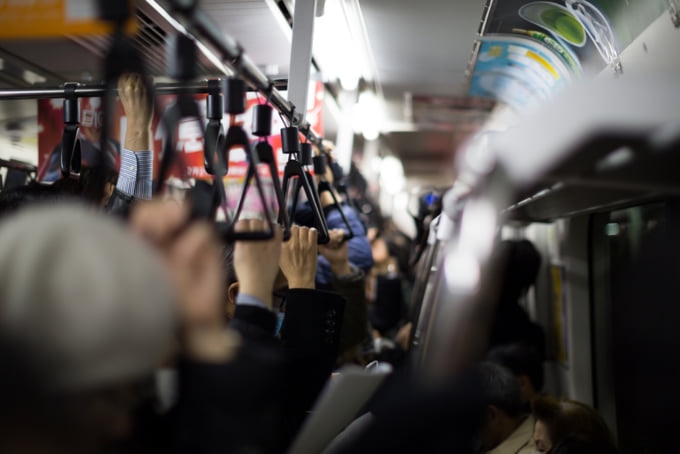
Photo by Benoist/Shutterstock
Images of Tokyo's infamous trains at rush hour have circulated around the world. The morning commuter rush peaks around eight in the morning, when people are in a hurry and missing the train means showing up late for work. In the evening, clock out times are staggered and while the trains are still crowded at this time, it is nothing like the morning rush hour. While visiting Tokyo, it's best to avoid traveling between the rush hours of 7 to 9 in the morning and 5 to 7 in the evening. If you do need to board a crowded train, make sure to hold your belongings in front of you and step backwards into the train. This way, you can keep an eye on when the doors open and prevent your bag from getting stuck on someone else's zipper.
Train Etiquette
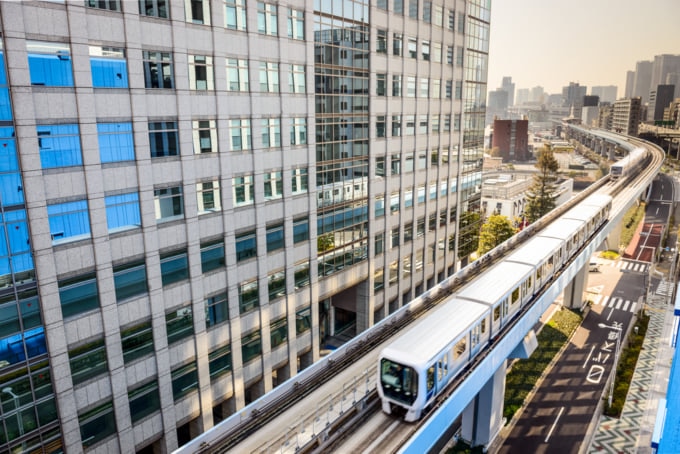
Photo by Sean Pavone/Shutterstock
If you are riding during the morning, be careful of women-only trains, which are reserved for female commuters, young schoolchildren, the disabled and their caregivers. These are marked by stickers on the platform as well as on the cars themselves, but the restriction is only in effect until 9:00 AM.
Inside the train, show off your good manners by switching your phone to silent mode and offering up your seat to elderly and disabled passengers and expectant mothers. The Tokyo Metro distributes pink and blue charms to expectant and nursing mothers, so keep an eye out for these, too. Eating and drinking on the trains has not been banned (yet) because culturally, the Japanese tend to not eat on the go. This is completely different from long-distance train etiquette, however, when many people look forward to ekiben (station bento) and set up a picnic for the journey.
In Conclusion
Home to the busiest station in the world, Shinjuku Station, and one of the most extensive networks of subway, light, heavy and monorail tracks, it's easy to get overwhelmed while trying to navigate the city. Luckily, there are a lot of things you can do to make your trip easier and more enjoyable. Keep these tips in mind for a hassle-free and convenient experience while taking the trains in Tokyo.
